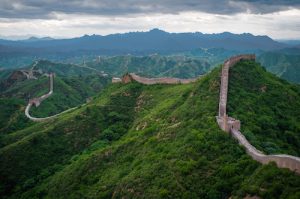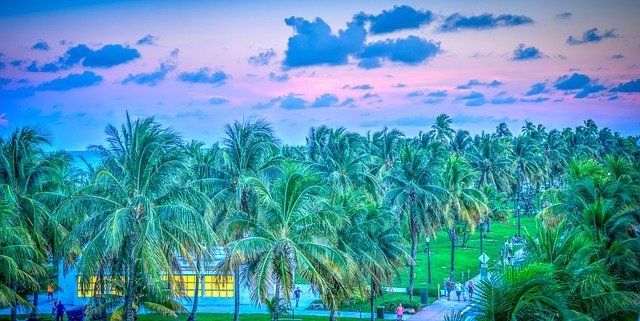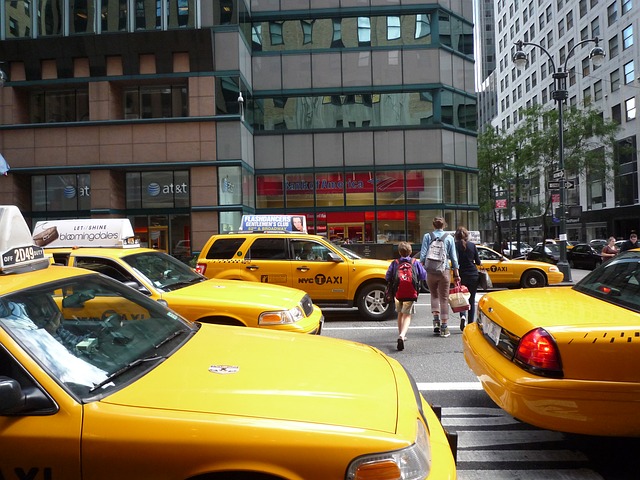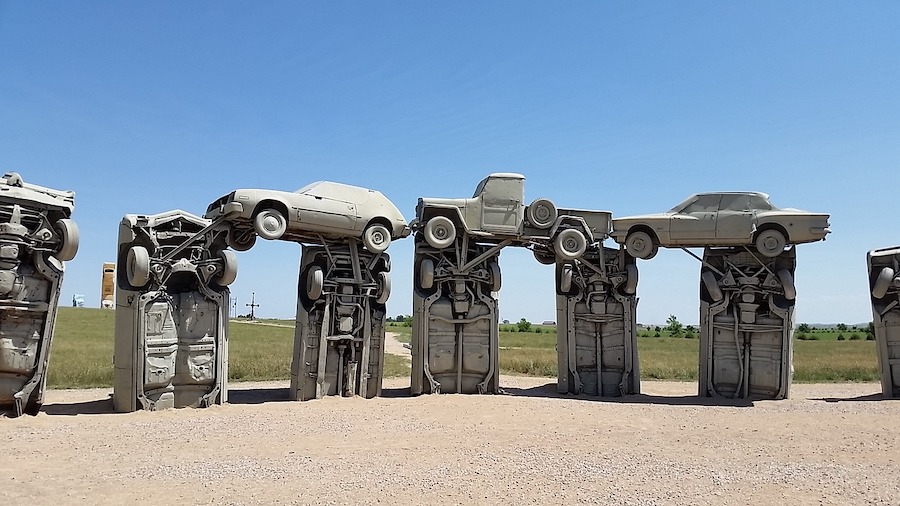
With the approach of the 2024 presidential elections, really great walls may once again take on an increasing role in the plans of many people traveling to and from the U.S. But as the examples below illustrate, really great walls have long been a part of the travel experience.

The Really Great Wall of China
Stretching for some 5,500 miles, the remains of the Really Great Wall of China is an early example of how a massive barrier, many feet thick and even more high, is about as effective at keeping people on one side or the other as a stern lecture from a vice-principal is at keeping high school boys from spiking the punch at a homecoming dance.
The problem is that even at its staunchest, the Really Great Wall of China had some 1,387 miles of gaps so porous that they are believed to have been responsible for the enormous success of Chinese takeout. No doubt the gaps were responsible, too, for the rise of such popular ice cream flavors as “Mongol Madness.”
The Really Great Wall of China was most successful as a massive infrastructure project. At its height, wall construction put millions of Chinese to work, whether they wished to be or not. Cost overruns were a problem though, largely because developers had not yet mastered working with such building materials as concrete and the excrement of bulls.
Today, the most visited part of the wall, because of its easy access to Beijing, is the Badaling section. According to many online reviews, though, after fighting the crowds and hassling with taxi drivers, visitors often come away feeling that it ought to be called the Just Ok Wall of China.

The Really Great Berlin Wall
From 1961 through 1989 the story surrounding the Great Berlin Wall was, according to leaders of the East German government, the biggest example of fake news ever reported.
With photos to back up their claim, East German leaders insisted that the Really Great Berlin Wall had in no way been a barrier to keep East Berlin citizens from escaping to the West. Instead, they said, the 27-mile long, 11.8-foot high concrete structure had been a really great example — probably one of the greatest examples ever – of government support of the arts.
The extent to which the Berlin government was willing to encourage artistic expression was made evident, officials said, by the 20 bunkers, 302 guard towers, and uncounted other measures erected to safeguard the artists against interference by fascist and other anti-socialist Western elements.
The Really Great Berlin Wall was demolished in 1990. But commemorative pieces are still for sale. In fact, some 3.6 tons of the original 2.5 tons of concrete used in the construction can currently be purchased on e-Bay.

Humpty Dumpty’s Really Great Wall
Although parts of Humpty Dumpty’s Really Great Wall may still exist, the inspiration for the classic English nursery rhyme is a matter of dispute.
In Lewis Carroll’s Through the Looking-Glass, and What Alice Found There, Humpty is depicted as an egg. Or — a reader could infer — someone with an ego as fragile as an egg.
In other interpretations, the clearly wobbly character has been a stand-in for any number of kings and other powerful public figures who, because of their overreach, end up taking such a great fall that not even all their horses and all their political advisors can put them together again.
There’s even an interpretation that holds wide sway, especially among pro-growth supporters, that Humpty Dumpty was a cannon that sat atop the wall surrounding the town of Colchester, England, during the English Civil War of 1642-51. Part of the wall still exists, but the story is that return fire from opposing forces so undermined its structural integrity that without sufficient infrastructure funding most of it eventually came tumbling down.

The Really Great Wall Street
Among Americans who don’t get their news from traditional outlets, Wall Street is perhaps best known for its history of standing up to occupiers and other foreigners.
What many people don’t know, however, is that Wall Street is actually named after a really great wall, one built to keep out pirates, Native Americans, non-European Union members, and, according to some sources, radical Islamic terrorists.
The original wall was a wooden palisade built at the south end of Manhattan by the Dutch in the 1600s. Fortunately for much of America’s current population, it did not serve as a barrier for immigrants of British stock, who were able to get visa waivers.

The Really Great Wall-Mart
Wall-Mart is a really great American-owned retail store featured in an episode of the public affairs program South Park. The episode looks at what could happen in America if addiction treatment is not part of basic health care coverage.
The premise of the episode is that almost everyone in a futuristic version of South Park is so addicted to Wall-Mart’s bargain prices that they stop shopping at other South Park businesses, and the town falls into ruins. It becomes such an untenable place to live that a growing number of people dream of finding a better life to the north, if they can only make it beyond the newly constructed Great Wall of Canada.
Travel humor writer Bob Payne has a piece of the Berlin Wall that he will sell for the right price.






